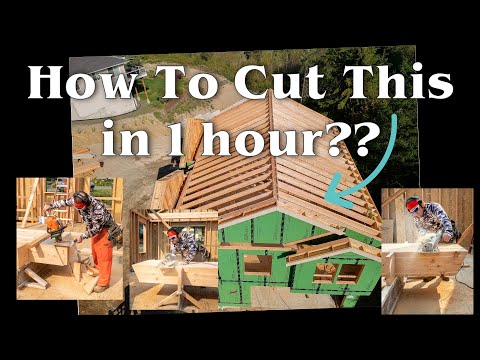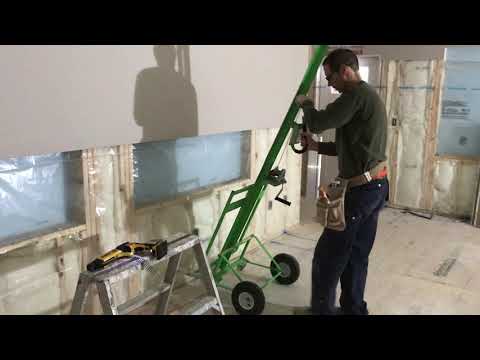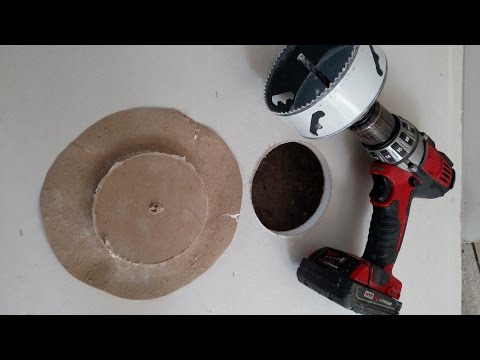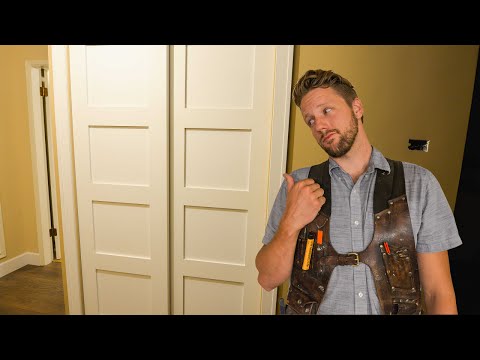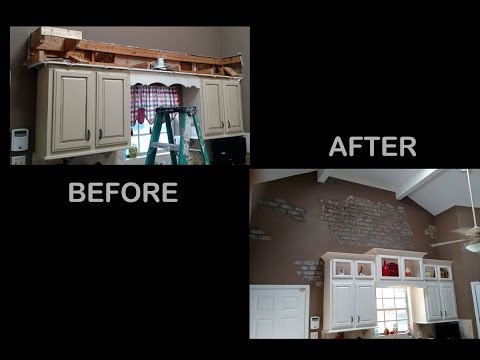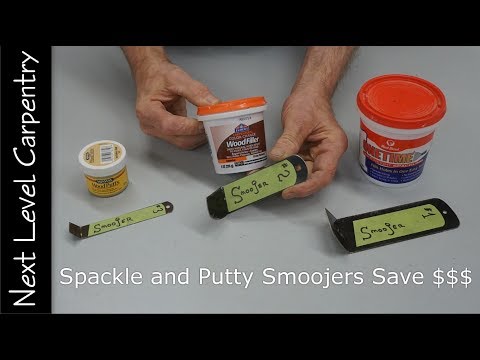Magnets are better than sledgehammers
When it comes time to remove drywall during a remodel, you could bang holes in it with a sledgehammer (or your feet, like they do on TV) and then tug and tug at endless little pieces. And then remove the tiny pieces surrounding the screw and nail heads, and then remove all of the screw and nail heads. And then clean up the clouds of dust and mounds of crumbly drywall.
Or, you could remove the screws and nails first and remove the sheets whole, with no dust or mess. The choice is yours, but in case you're interested in doing it the latter way, here's master carpenter Matt Jackson to show you how.
How to remove drywall like a surgeon
- He begins with a couple of tool tips: a CRL Long-handled utility knife with a Wicked Bad extra-long knife blade.
"The long handle allows me to put a lot of leverage on the blade without worrying about slipping and cutting something by mistake. Plus, it saves your knuckles from rubbing against the wall as happens with regular utility knives."
- Score the tape along the corners, and ceiling/wall intersection. When cutting the ceiling/wall joint, cut with the blade in horizontal position, because lids are hung before walls. If you cut at 45'gregres, or with the blade vertical, you'll cut the tape, but you'll also score the ceiling drywall. If the ceiling is staying, don't score it.
- Use a cordless drill with a sharp Phillips tip bit and a racketeer stud ball magnet to locate screws in the drywall and then use the sharp bit to remove the screws.
Bonus tip: dust marks the spot
Drag the magnet around on the floor to pick up some misc metal filings and shavings. Now, when you use the magnet to find a screw, the metal shavings will stick to the screw after you move the magnet, which speeds the process even more.
The magnet-locator tip works for nails too, but you'll need to replace your screw gun with sharp Phillips tip with an old fashioned nail-puller (5:37).
- Remove all of the screws and nails, and then tug on the edge of the sheet to loosen it.
- Cut the seam between upper and lower sheets with a regular utility knife. The short-handled knife gives better control of the cut ijn this instance. Score the seam and break the sheets apart.
Using this method is faster and cleaner. You can remove drywall "without creating clouds of dust or buckets of crumbs" as Matt says.
Now, you can fan-fold the drywall and carry it out in one piece.
—Matt Jackson is a master carpenter, remodeler, SketchUp Wiz, YouTuber, and contributing editor to ProTradeCraft. He lives and works in Rapid City, South Dakota.
